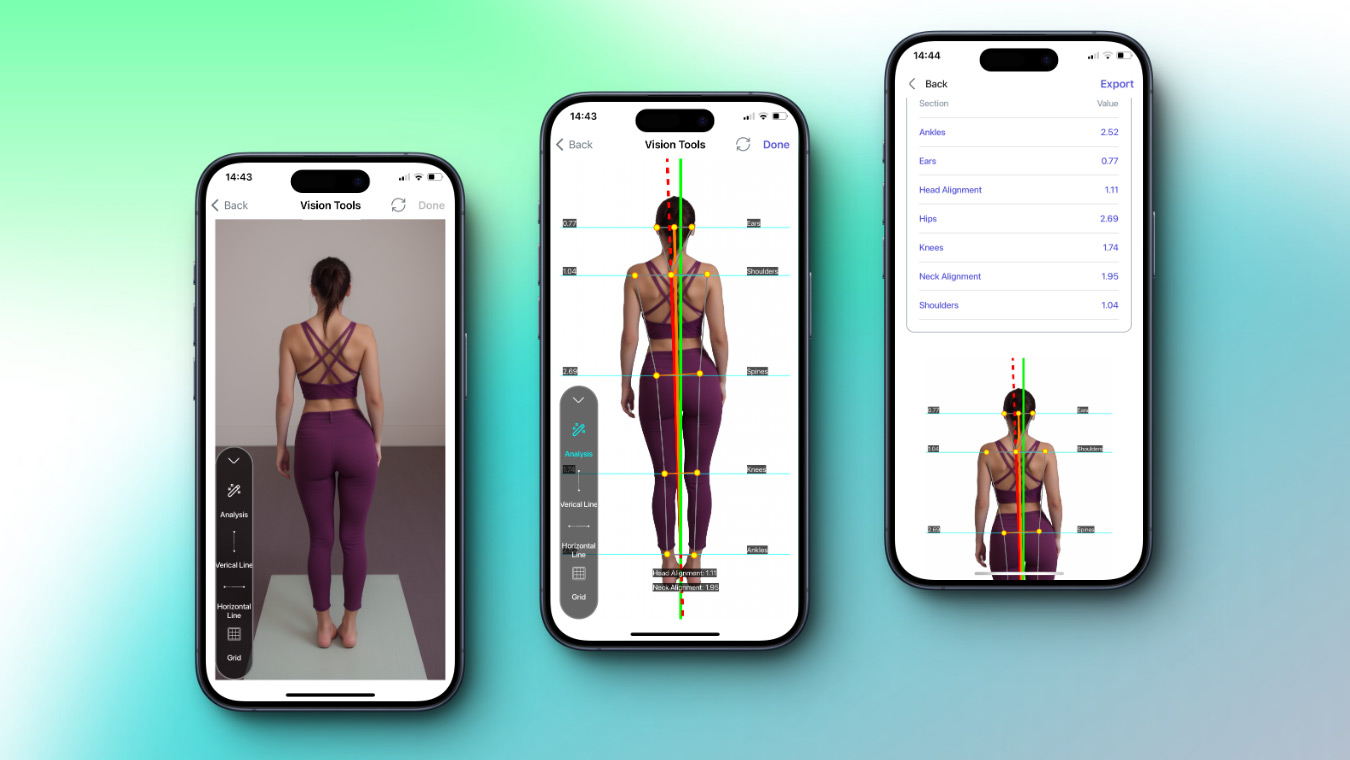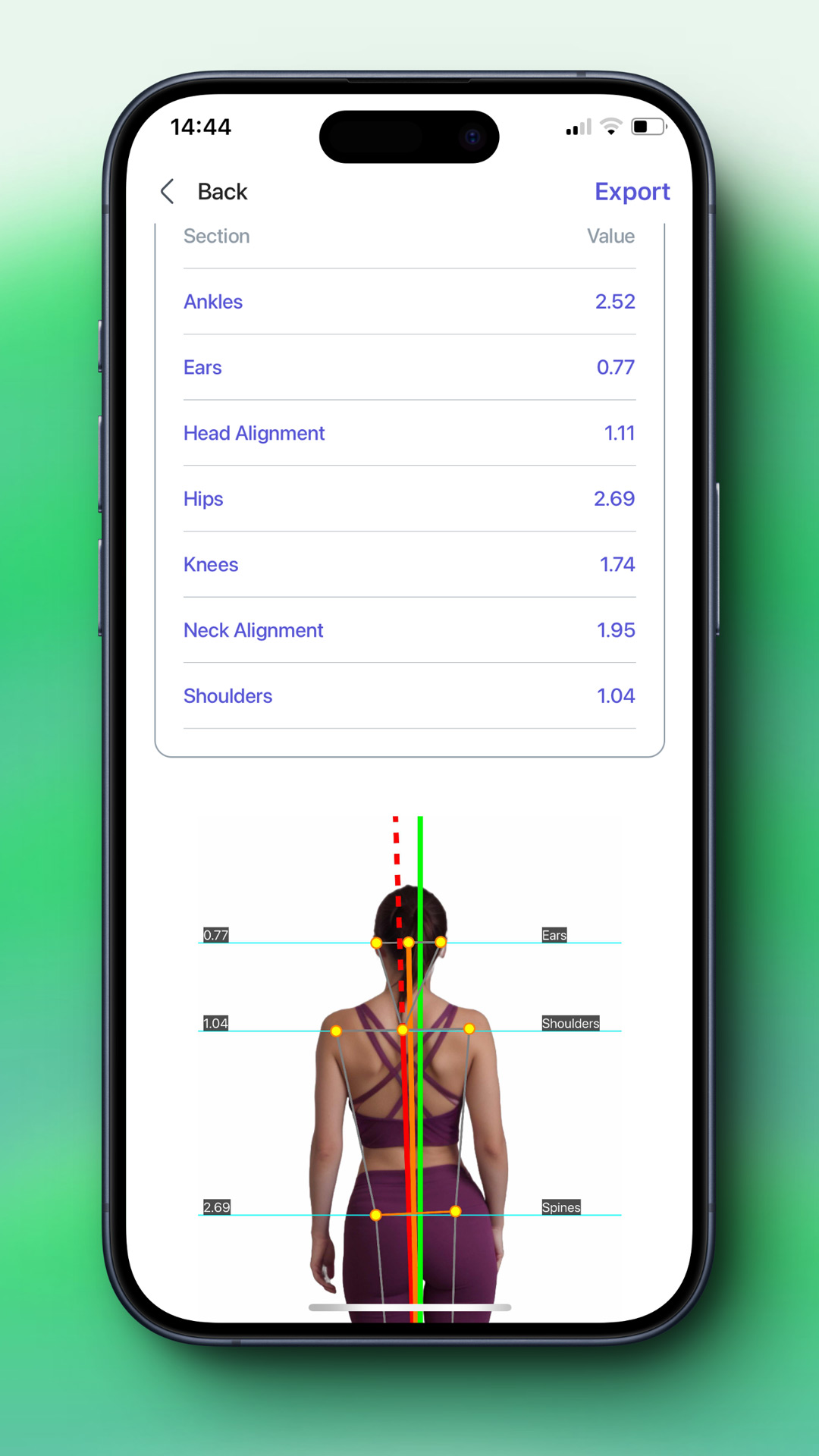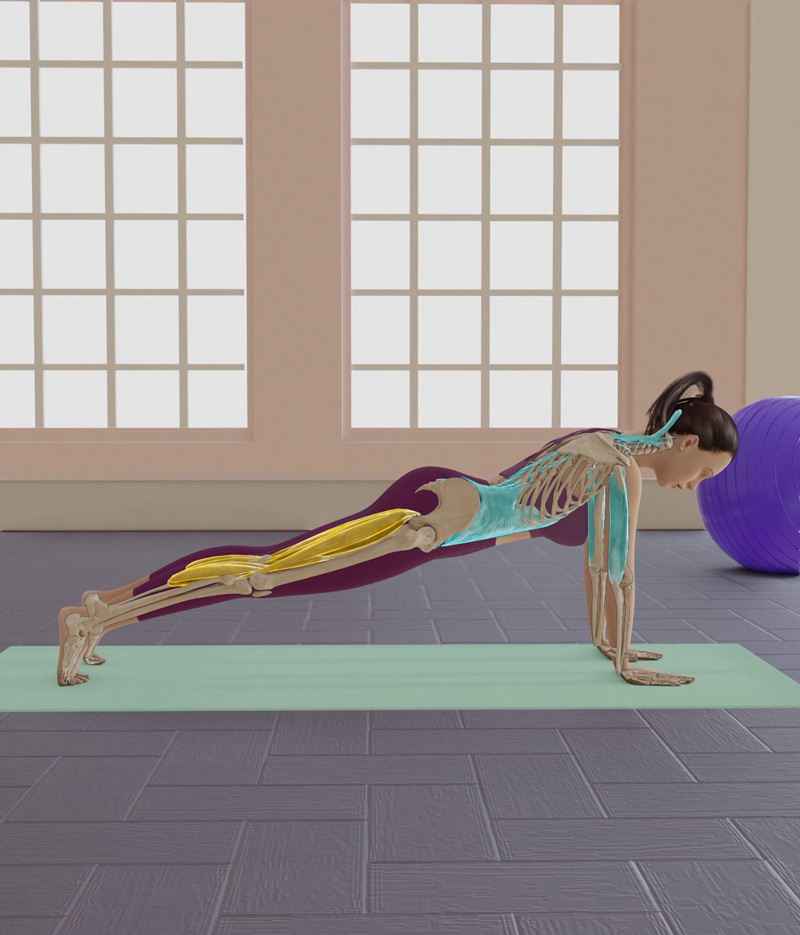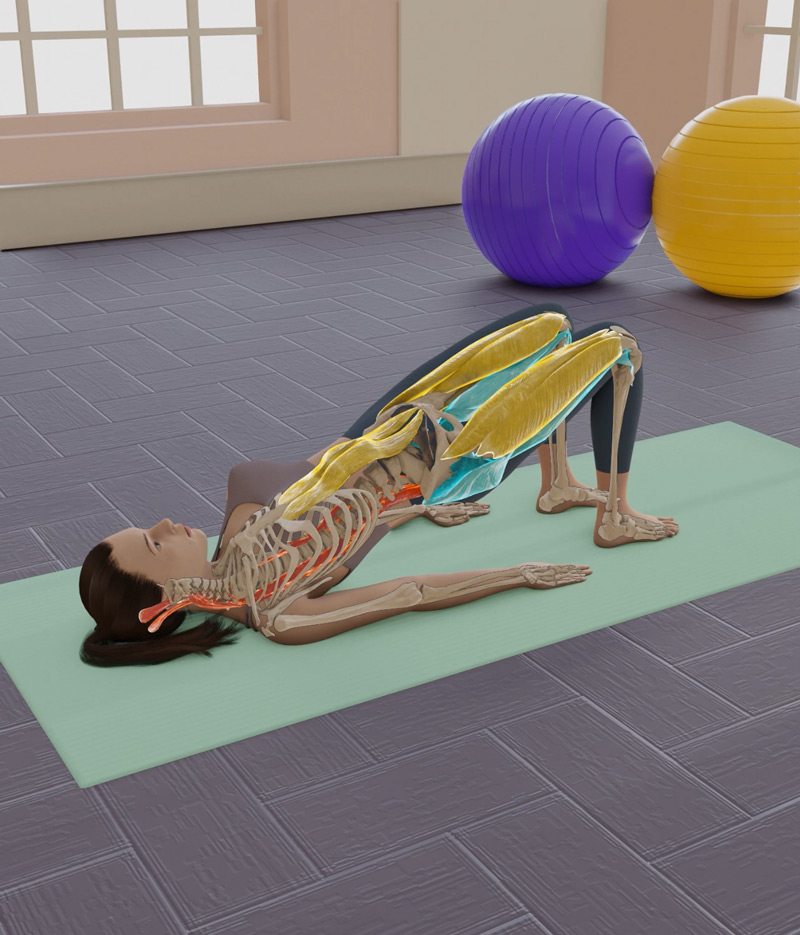
Understanding
scoliosis:
Scoliosis, a spinal condition characterized by an abnormal sideways curvature, is notably prevalent in
children and adolescents. The spine may form an “S” or a “C” shape and can curve on either side. While
many instances are mild and might not need intervention, some cases can worsen with growth, requiring
close monitoring or treatment.
A Guide to Training Clients with Scoliosis:
Nature of the Condition:
• Scoliosis involves not just a lateral curve but also potential vertebral rotation,
adding complexity to daily activities, exercise planning, and execution.
Training Adaptations:
• Coaches should be prepared to modify workouts to accommodate the unique challenges
posed by scoliosis, focusing on maintaining spinal alignment and avoiding exercises that could worsen the
condition.
Monitoring Progression:
• Be vigilant about changes in a client’s spinal curvature, especially in younger
clients who are still growing.
Collaboration with Healthcare Providers:
• In cases of severe scoliosis, work in conjunction with medical professionals to
develop a safe and effective training regimen.
Educating Clients:
• Inform clients about the importance of proper form and technique to manage their
condition effectively during workouts.
Causes:
1.Idiopathic Scoliosis:
• Most common in adolescents, with an unknown cause. Which might indicate a potential
genetic component.
2.Congenital Scoliosis:
• Results from spinal abnormalities present at birth, often due to vertebrae
malformations during fetal development.
3.Neuromuscular Scoliosis:
• Linked to neurological or muscular conditions like cerebral palsy, muscular
dystrophy, or spina bifida, which can cause muscle strength and control imbalances around the spine.
4.Degenerative Scoliosis:
• Seen in adults, it’s caused by spinal disc degeneration, arthritis, or osteoporosis,
leading to weakened spinal support structures.
5.Secondary Scoliosis:
• Arises from external factors such as leg length discrepancies or muscle spasms, not
direct spinal deformities.
6.Genetic Factors:
• While specific genetic aspects are unclear, there’s evidence of hereditary influence,
with higher occurrence in some families.
7.Hormonal and Growth Factors:
• Rapid growth during puberty may trigger or worsen scoliosis, especially in idiopathic
cases.
8.Lifestyle and Environmental Factors:
• Indirect influences like poor posture, uneven heavy lifting, or sedentary habits
might contribute to scoliosis development or progression.

For Analysis of scoliosis in flexitrace, open the posture analysis and upload your picture in the backfield.
Select the analysis tool and check shoulder and pelvic degrees, if it has a difference check with more tools.


As a result, the shoulders are not different but in the hip joint there is a difference of 4.38 degrees. After seeing the results you can share them as a PDF with any social media.

Engage core, back straight, arms locked, squeeze glutes and hold for 15-20 seconds..

Lie down, knees bent, lift hips, squeeze shoulder blades, hold 15 seconds, repeat 10 times.
Prevention Strategies for Scoliosis:
• Regular Physical
Activity: Encourage consistent exercise to strengthen the back and core muscles, supporting
spinal health.
• Promoting Good
Posture: Be aware of the value of good posture for everyday tasks and exercise.
• Ergonomic Equipment
Use: Recommend using ergonomic furniture and properly fitted backpacks to support spinal
alignment.
• Routine Health
Check-Ups: Suggest regular spinal check-ups, especially for those with a family history of
scoliosis.
• Awareness of Family
History: Be cognizant of genetic factors and monitor clients more closely if they have a family
history of scoliosis.
• Nutritional
Guidance: Offer advice on adequate nutrition to support overall spine health and body
development.
• Avoidance of
Smoking: Discourage smoking, as it can negatively impact spinal health and overall wellness.
Conclusion:
Scoliosis can present unique challenges for clients, but with the proper guidance, those with the
condition can stay active and meet their goals. As fitness professionals, we must educate ourselves,
modify workouts, closely monitor clients, and collaborate with healthcare providers to develop safe,
effective training programs. Implementing good posture, regular check-ups, an active lifestyle, and proper
nutrition can also help prevent scoliosis progression. Though more research is still needed, it’s clear
that scoliosis does not have to limit a person’s ability to live actively. With continued learning and
open communication, we can empower clients with scoliosis to thrive.
| All Rights Reserved | FlexiTrace Developers LTD